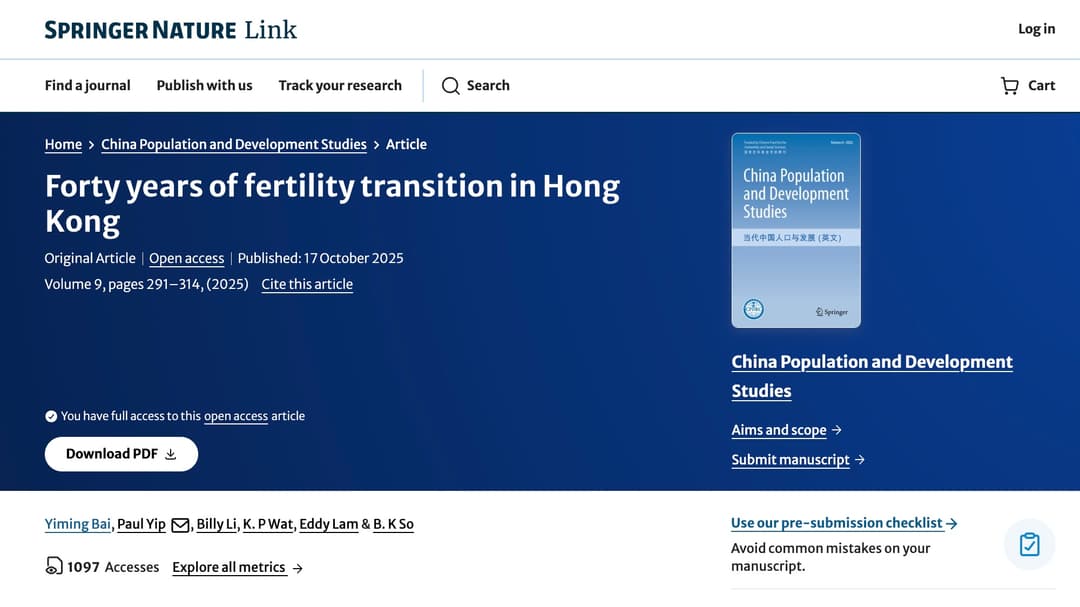AI
Sora 2: OpenAI's advanced AI video generator sparks both awe and concern
OpenAI drops Sora 2, a physics-aware text-to-video model plus a remix-first iOS app.
5 MIN READ
By Timmy
Published:
| Updated:
OpenAI on Monday unveiled Sora 2, a next-generation video-and-audio model that turns short text prompts into cinema-grade clips in seconds. A companion iOS app—simply called Sora—lets users shoot, remix, and publish 5- to 20-second videos with a tap. Invite codes are rolling out first in the United States and Canada; wider regions and an API will follow “within weeks.”

The base model is free with daily caps. ChatGPT Pro subscribers unlock “Sora 2 Pro,” a higher-resolution tier that can generate 1080p clips up to 60 s long.
Even in beta, the software is already re-igniting debates over copyright, deepfakes, and what “authentic” media means in 2025.
Why Sora 2 Feels Different
Sora 2 builds on its predecessor by emphasizing physical accuracy, realism, and user control. It can produce complex scenes with synchronized dialogue, sound effects, and realistic physics simulations—such as a figure skater executing a triple axel with a cat on her head or a basketball shot that rebounds naturally if missed. The model supports cinematic, anime, and realistic styles, handling multi-shot instructions while maintaining consistent world states.
A standout feature is "cameos," which allows users to upload a short video and audio clip of themselves for identity verification, then insert their likeness into generated scenes with accurate appearance, voice, and mannerisms. Demonstrations include epic scenarios like Vikings launching into battle or a dragon soaring through ice spires, complete with detailed camera work and immersive audio. OpenAI describes this as a step toward general-purpose world simulators, potentially impacting fields like robotics and creative production.
Compared to Sora 1, the upgrade is likened to the jump from GPT-1 to GPT-3.5 in language models, with reduced artifacts like object morphing and improved adherence to physics laws.
Show, Don’t Tell: Three Demo Moments
Olympic skater + cat: A flawless figure-skating routine performed while a calico balances on the athlete’s shoulder. Multi-object physics, fur dynamics, and ice spray are rendered without a single artifact.
Paddleboard back-flip: A man launches into a back-flip on choppy water; the board rocks, water splashes, and gravity feels real—even when the stunt fails and he rebounds off the surface.
Anime power-up: A white-haired hero awakens in classic shōjo style; electric glyphs crawl across his skin, synchronized to a swelling orchestral track and Japanese battle cries.
Public Reactions on Social Media
The launch ignited instant chatter on X: early clips, hot takes, and doomsday threads scrolled past one another in real time.
Most viewers land on the same first word—“realistic.” A single prompt now yields a fully voiced 20-second sequence, something that once took a crew, a budget, and a week. One poster called the shift “a cliff-drop in the cost of imagination.” Others demoed cameo-grade face swaps, then warned that the first upload sometimes stalls—though parallel renders are capped so generously that people are stacking queues like browser tabs.
The timeline quickly turned into a pop-up film festival: anime heroes rapping their own theme songs, marble statues break-dancing in slow motion, a French bulldog directing traffic in the rain. Creative directors debate whether Sora 2 can stay ahead of Google’s Veo, while VFX artists freeze-frame clips to praise lip-sync edges and the way hoodie strings obey gravity. A technical lead at a mid-size studio wrote simply: “Character consistency just left the competition in the dust.”
Skeptics arrive with sharper adjectives. Short-form only? “Snackable dopamine,” they say—fun once, forgettable forever. Long-form storytellers fear an endless scroll of glossy, meaningless miniatures. One viral post asked how long before “hyper-real” becomes “hyper-boring.” Meanwhile, policy voices wave red flags: flawless deepfakes, eroded trust, even professionals second-guessing their own eyes. Invite-code envy compounds the mood; Japanese-language prompts trend as users test folklore scenes locked behind region gates.
Behind the scenes, engineers note the obvious: these pixels are expensive. Sora 2’s compute appetite keeps it locked to Pro tiers at launch, mirroring Google’s Veo 3 playbook. Open-source rivals like Wan Animate win cheers for running on a single RTX 4090, reminding everyone that openness still has a constituency. The feed moves on—another render, another hot take—while the broader industry digests the same takeaway: realism is now table stakes; the next race is for meaning, memory, and maybe a little mercy on our attention spans.
What Happens Next
Sora 2 has propelled OpenAI to a leading position in the field of AI-driven media, but its success hinges on finding the right balance between creativity and ethical standards. With the widespread adoption of Sora 2, we can expect to see a surge in user-generated content on social media, while debates about the authenticity of content in the post-truth era will continue. While some consider Sora 2 a "game-changer" for the video industry, others question whether it will lead to narrative fragmentation or cause people to focus more on form than content.
OpenAI's Sora 2 is currently available through invite-only access via the iOS app or sora.com. API integration is planned for future release.






